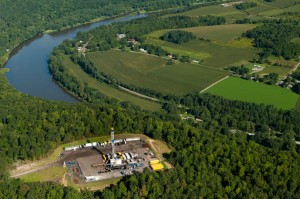Definitions of extreme energy often come with lists of examples that the term is said to encompass. Extreme energy is often considered as a category into which can be consigned all the new, more intensive and environmentally destructive energy extraction methods that have been spreading across the globe in recent years – methods such as ‘tar sands’ open-cast mining (also called the ‘oil sands’), mountaintop removal, deep water drilling, shale gas extraction by hydraulic fracturing (‘fracking’) and coal bed methane (also called coal seam gasification). Biofuels and big biomass can also be considered ‘extreme energy’ as large-scale agricultural operations dedicated to energy production can remove the potential for land to grow food.
It can be hard to find a clear and concise definition of extreme energy that does not rely on listing a set of examples. A reasonable attempt at such a definition would be ‘a group of energy extraction methods that have emerged in recent years as the availability of fossil fuel resources has become more constrained’ but this does not fully capture the bigger picture. A more accurate understanding would view extreme energy as a process and not a category.
Extreme Energy is the process whereby energy extraction methods grow more intense over time, as easier to extract resources are depleted. The process is driven by unsustainable energy consumption and is important because extraction effort is strongly correlated with damage to both society and the environment. Read more
There are clear human rights implications when energy extraction becomes more and more ‘extreme’. The Extreme Energy Initiative seeks to outline the human rights implications arising from increasingly more intense extraction methods.


